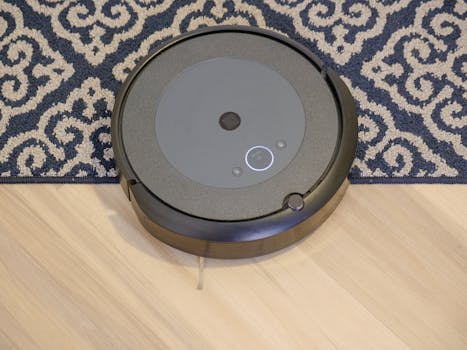
Smart Homes and Smart Living: The Technological Transformation of European Homes by 2025
Smart Homes and Smart Living are revolutionizing the way we live in our homes. The European home is undergoing a significant transformation, driven by advances in technology and the growing demand for smart living. By 2025, homes will be more connected, efficient, and sustainable than ever before.
Introduction to Smart Homes
A smart home is a residence that has been equipped with advanced technology to make it more comfortable, convenient, and energy-efficient. Smart homes often include features such as home automation systems, voice assistants, and smart appliances. These technologies allow homeowners to control and monitor their homes remotely, using their smartphones or other devices.
The Benefits of Smart Homes
Smart homes offer a wide range of benefits, including increased comfort and convenience, improved energy efficiency, and enhanced safety and security. With smart home technology, homeowners can adjust the temperature, lighting, and entertainment systems in their homes with just the sound of their voice. They can also receive notifications and alerts if something goes wrong, such as a leaky pipe or an intruder.
The Future of Smart Homes in Europe
By 2025, smart homes will become the norm in Europe. According to a recent report, the European smart home market is expected to grow significantly in the next few years, driven by the increasing demand for energy-efficient and connected homes. The report predicts that by 2025, over 50% of European homes will be equipped with smart home technology.
Technological Advancements in Smart Homes
Several technological advancements are driving the growth of the smart home market in Europe. These include the development of the Internet of Things (IoT), artificial intelligence (AI), and 5G networks. The IoT enables devices to communicate with each other and with the cloud, while AI allows devices to learn and adapt to the habits and preferences of homeowners. 5G networks provide faster and more reliable connectivity, enabling seamless communication between devices and the cloud.
Conclusion
In conclusion, smart homes and smart living are transforming the way we live in our homes. With the growing demand for energy-efficient and connected homes, the European smart home market is expected to grow significantly by 2025. Technological advancements such as the IoT, AI, and 5G networks are driving this growth, enabling homeowners to enjoy increased comfort, convenience, and safety in their homes.





